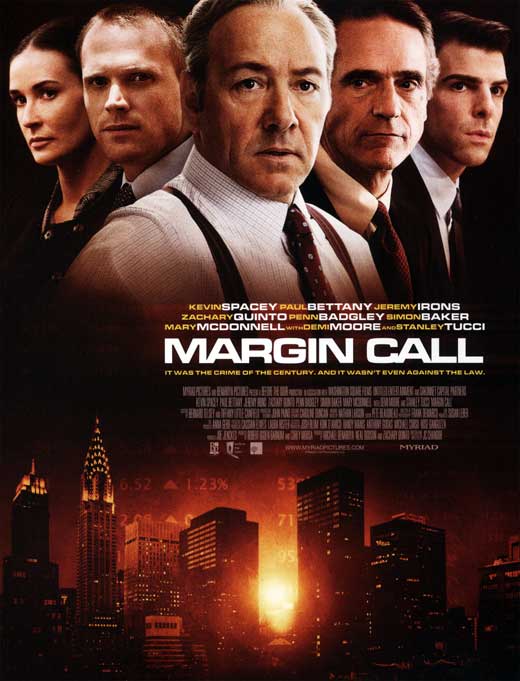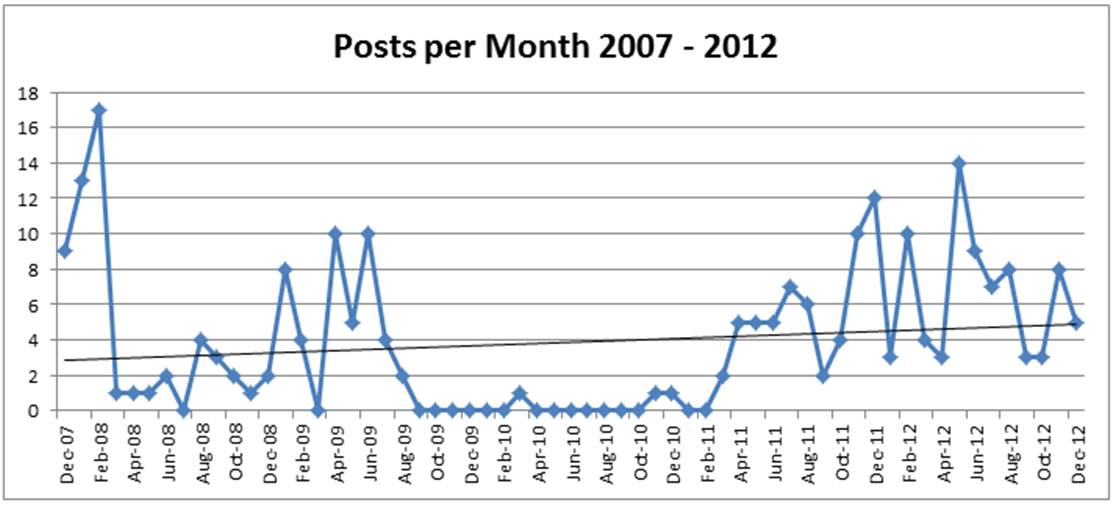2012 was a super busy year for me that included lots of big changes. I thought I'd take a few minutes to capture some of the more notable events of the year.
January was moving month. After five years of living on 22nd street in NYC, I moved one block up and two blocks over to the Flatiron neighborhood. I'm glad I made the move; I'm in a much nicer building with a doorman, a concierge, a couple of game rooms and -- most important -- a great roof-deck.

February was a difficult month. In the afternoon, on Wednesday the 8th, my father passed away. It was a very difficult time for my entire family. But the funeral was a wonderful tribute to his life and I'm proud to say that we sent him out in style. There was a great obituary chronicling much of his life in all the local papers and the funeral drew a large group of family, friends and former colleagues. It included a military funeral ceremony followed by a wonderful reception where we laughed, cried and remembered his life and accomplishments. I know it was exactly what he would have wanted.
February was also the month that I made the difficult decision to resign from Next Jump (after being there for there for more than five great years) to pursue an awesome opportunity with a healthcare technology start-up.

March brought some free time as I took a few weeks off before starting with the new company. Early in the month, I took a trip out west. I flew to California and stayed with a friend in Hermosa Beach for a couple of days, then drove to Carmel, Big Sur, San Francisco and ended the trip with three great days of snowboarding in Lake Tahoe before flying back to New York. It was an awesome trip and just what I needed to recharge before starting the new job. Towards the end of the month, I also caught a Celtics game with my Mom and made a quick trip down to Fort Lauderdale for work.

April was a complete blur with the start of my softball season, a bunch of work travel, a bachelor party in Las Vegas and a wedding in Miami.

May included a busy streak of client meetings – I spent nights in Boston, Philadelphia, Baltimore, Washington DC and Chicago. I also closed my first big strategic partnership at work. And along the way I found some time to catch a great Reckless Kelly concert at the 9:30 Club in DC.

June was a fun summer month. I played a bunch of softball, caught a Red Sox game at Fenway, saw a Felice Brothers concert in Brooklyn and took my first trip to Coney Island.

July was pretty busy. I made a three day trip out to Minneapolis for work. I got to explore the town quite a bit and catch a Twins game. Though the highlight of July was my friend's wedding in Los Angeles. They picked a great spot in Redondo Beach overlooking the Pacific. Here's a shot of some friends and I before the fun started.

August was another busy month with lots of travel. But the highlight was my brother bringing my sister-in-law and my niece up to Boston to celebrate his birthday. We spent a couple days showing my niece some of the Boston landmarks. And we took this shot at Samba Steak & Sushi House, a great Japanese Steakhouse just west of Boston.

September brought my first overnight sailing trip out on the Long Island Sound. I took this shot as the sun was setting. Great trip.

October brought hurricane Sandy to New York City. I captured some of my thoughts on the tragedy here. I made my first trip down to Nashville to accept my company's Best Place to Work award. And I made a trip back up to Boston to get away from the flooding and to catch an awesome Ryan Bingham concert at the Royale Nightclub. I took this shot of the Flatiron building in NYC the day the hurricane started. The streets were empty at rush hour that day, but nobody knew the devastation that was coming to the area at that point.

November was a crazy month. One of my writings was published on a popular healthcare blog. I caught a Patriots game and the Celtics home opener. I also made a trip out to Chicago for work. My Mom came down to NYC for Thanksgiving. I took a couple days off and we kept busy; we saw Lincoln and The Lion King musical, went to the top of the Empire State Building, had some great meals and visited the World Trade Center Memorial. Here's a photo of one of the waterfalls at the exhibit. Someone laid a rose over their friend's name.

December brought me back to Chicago for work and back to Boston to watch a miserable Patriots game in the pouring rain. The month was full of holiday parties. And I was recognized as the top performer on my team at my company's annual meeting. Though the highlight, of course, was spending a week down in Virginia with my family for Christmas.

I'm sure there's lots of good stuff that I'm leaving out, but I'll leave it there for now. 2012 was a good year...but I'm ready for 2013. Happy New Year everyone.














